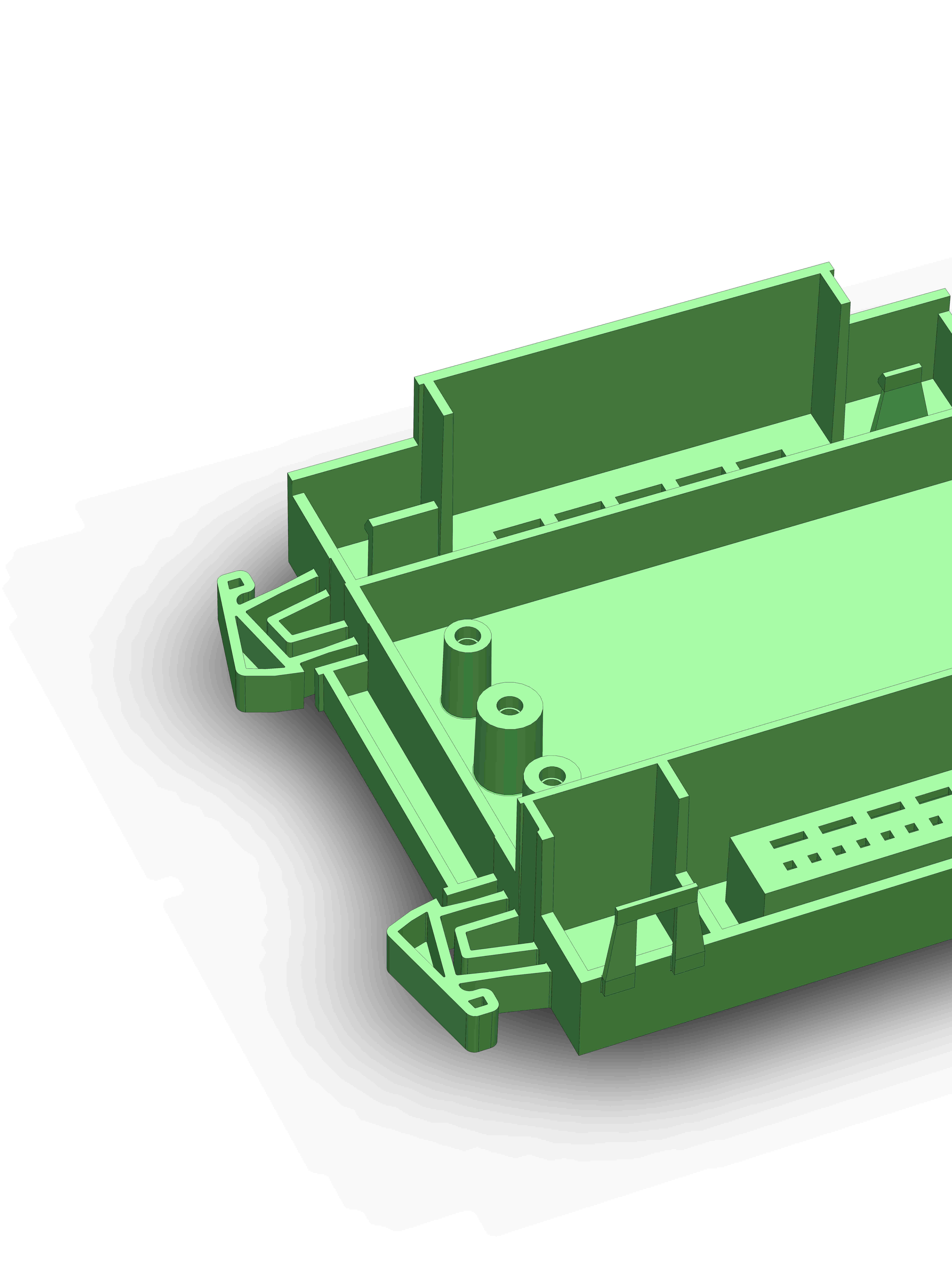
Lanxess says that has made an experimental injection mold to test the use of its Durethan polyamide 6 and 66 thermoplastic compounds and Pocan polybutylene terephthalate in electrical and electronics (E&E) applications.
The chemicals company says that it expects a rise in demand for the flame-retardant variants of these material due to increasing electric mobility and digitalization. As well as this, it has expanded its technical services such as demolding and flow property analyses for users in the end market.
The mold developed in Lanxess’ technical lab for polymer processing at its plant in Dormagen, Germany is a housing-like demonstrator part integrating numerous aspects from different areas of application. Its geometry exhibits sudden changes in wall thickness, openings, larger planar sections, ribs and rough imitations of plug connections. Snap fits with different geometries have also been integrated along with screw bosses of varying diameters.
‘We want to use this mold for the realistic analysis of new flame-retardant as well as hydrolysis-stabilized materials,’ said Katharina Schütz, project engineer. ‘First, our aim is to identify their special processing characteristics ahead of time so that we can adapt the formulations, where required, already during the product development stage. Second, we want to give processors of our flame-retardant plastics specific processing recommendations for serial production.’
According to the company, most flame-retardant thermoplastics have a narrower processing window than standard products due to the additives that are used. If the process parameters are not chosen correctly, deposits on the mold or surface defects on the component can appear. Non-ideal processing can also often impair the mechanical properties of the compounds. Schütz says that the experimental mold ‘allows us to reproduce these challenges in a practice-based manner and find ways for improvement.’
‘The palm-sized part can also be used for mechanical, electrical and flame-retardant testing to evaluate the performance of a material depending on various process parameters and practical geometry,’ added Sarah Luers, an expert in E&E application development at HPM. The tests that HPM performs among others at its part testing center include drop tests, tracking resistance measurements in accordance with UL 746A (Comparative Tracking Index, CTI) or glow-wire tests in accordance with IEC 60695-2-11 to -13.
This story uses material from Lanxess, with editorial changes made by Materials Today.





